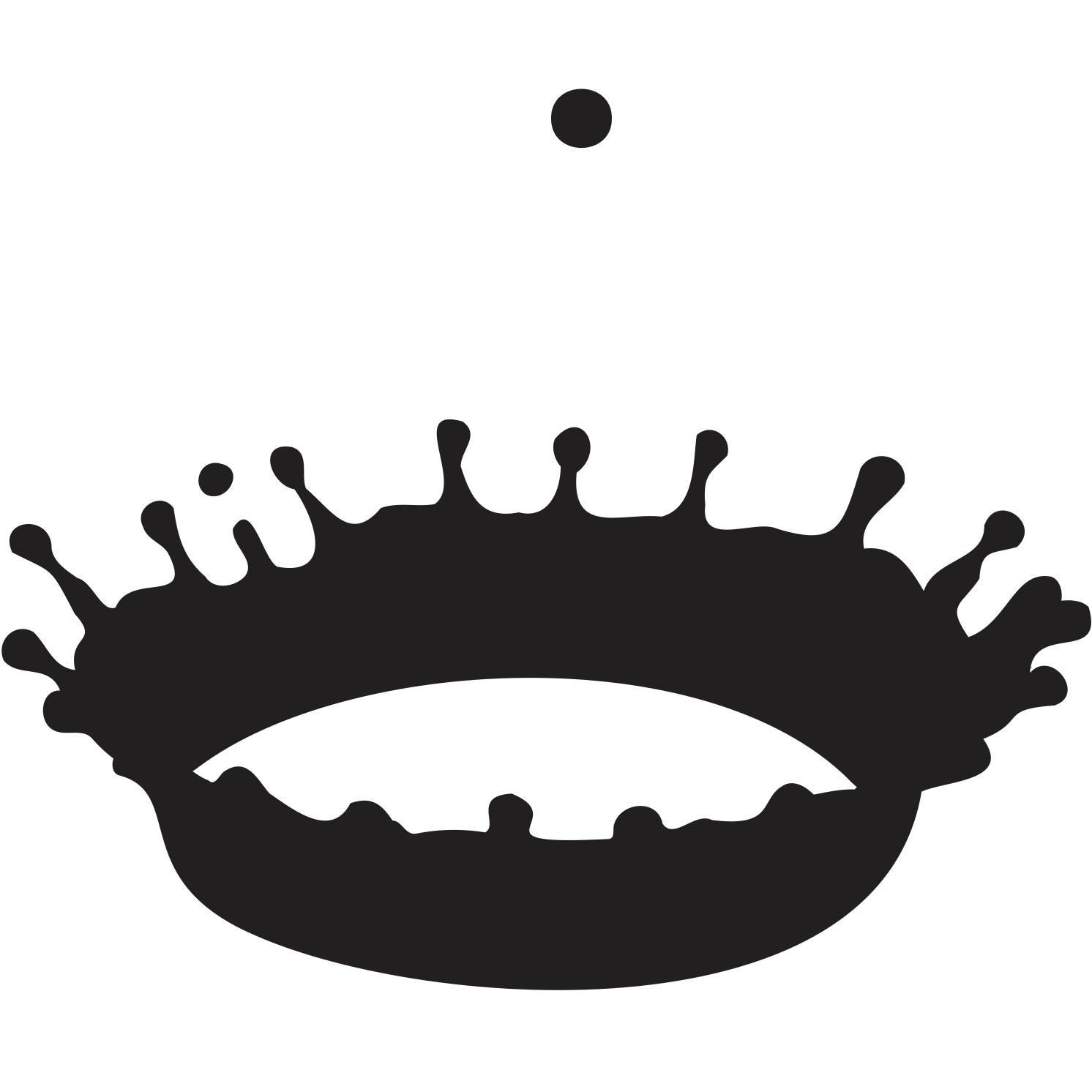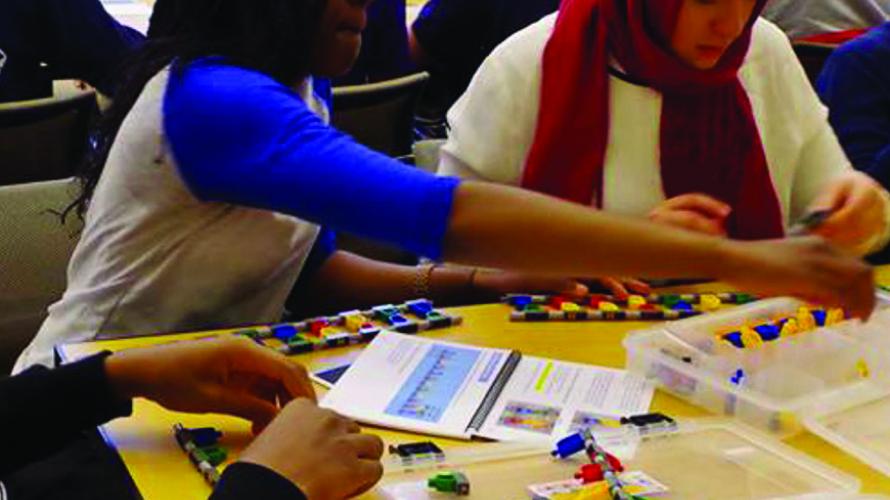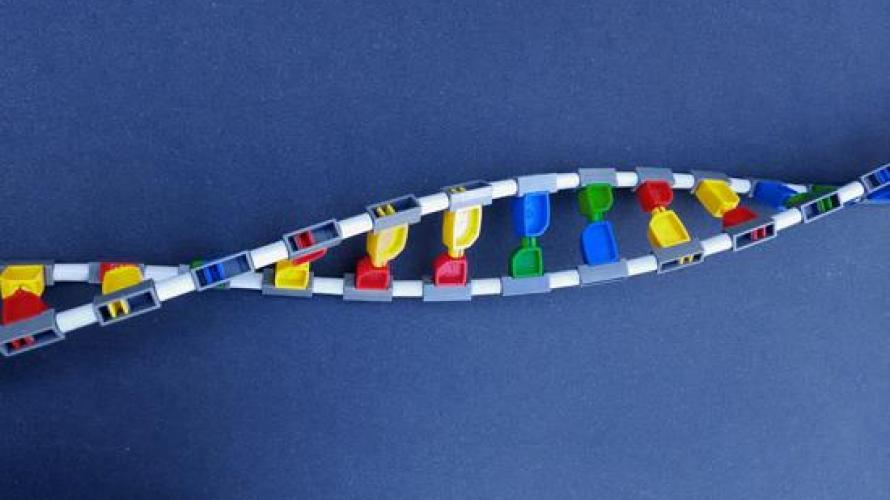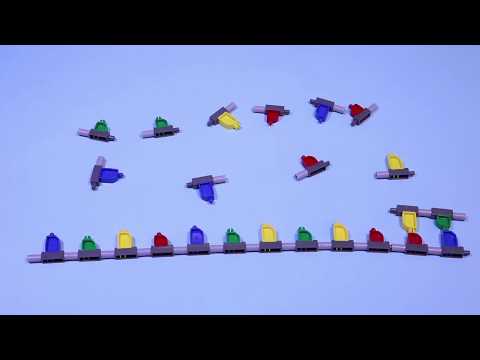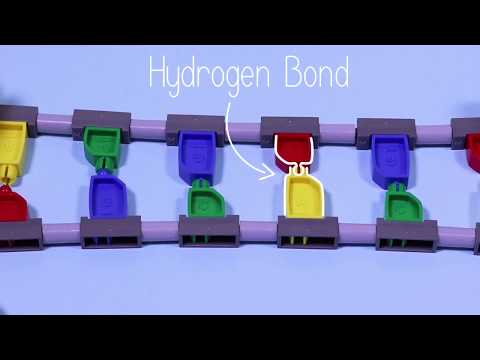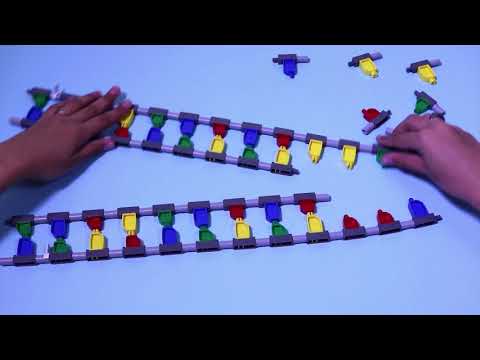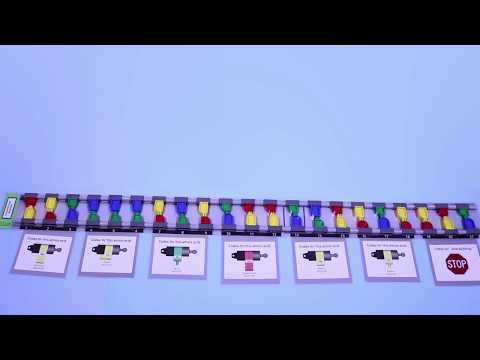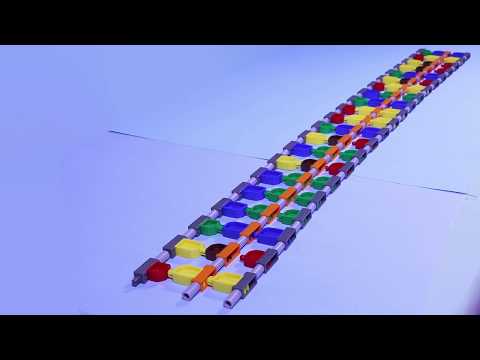Students can explore DNA and RNA nucleotide structure, practice both simple and advanced versions of replication, model mRNA transcription, learn about DNA damage, mutations, repair, and more.
DNA/RNA Set
Our models are designed to teach processes, in addition to structure. They are made to be manipulated so learners can perform cellular functions with their own hands. All booklets can be used for independent learning as well as classroom lessons. Download the flyer pack about the MIT Edgerton Center DNA and Protein Sets or watch the MIT Edgerton Center DNA and Protein Sets Intro Video.
Different concepts and instructional levels are organized into separate DNA/RNA booklets.
DNA/RNA Booklet 1 Activities:
- Name the parts of a nucleotide
- Assemble the double helix structure
- Discover the base pairing rule
- Complete basic DNA replication
- Copy DNA into mRNA messages (transcription)
- Decode messages in DNA and RNA
- Compare gene mutations and amino acid sequences
DNA/RNA Booklet 2 Activities:
- Discover 3’ and 5’ DNA structure
- Assemble triphosphate nucleotides
- Replicate DNA with leading and lagging strands
- Damage DNA using free radicals
- Repair oxidative DNA damage
- Create 4 kinds of mutations: missense, nonsense, silent, and frameshift
Short (~2 min) instructional videos for students are available on our YouTube channel to support the activities:
- 14 DNA/RNA kits
- 14 DNA/RNA Booklet 1: Introduction to Structure and Function
- 14 DNA/RNA Booklet 2: Advanced DNA Topics
- 14 Gene Strips
- 14 Codon Card Packs
- Storage Crate
Download the DNA/RNA Contents List for photos and description of classroom set contents.
MIT Edgerton Center Teacher Guides, Resources, and Training:
- Teaching Essentials
- DNA Teacher Training Video
- Teacher Guide for the DNA Set
- 1. Curriculum Info and Ordering
- 2. Set Contents and Kit Management
- 3. Teacher Training
- 4. Lesson Preparation
- 5. Classroom Presentation
- Team Kit Care Record
- DNA Worksheet for Students
- DNA Worksheet Key for Teachers
MIT Edgerton Center DNA/RNA Set videos on our YouTube channel:
- Introduction to Nucleotides (DNA Booklet 1: pages 3-5)
- Building a DNA Double Helix (DNA Booklet 1: pages 7-9)
- Opening DNA (DNA Booklet 1: page 9)
- Replication (DNA Booklet 1: pages 10-13)
- Decoding a Gene (DNA Booklet 1: pages 15, 18-19, 21)
- Transcription (DNA Booklet 1: pages 24-25)
Next Generation Science Standards (NGSS):
HS-LS1-1. Construct an explanation based on evidence for how the structure of DNA determines the structure of proteins which carry out the essential functions of life through systems of specialized cells.
HS-LS3-1. Ask questions to clarify relationships about the role of DNA and chromosomes in coding the instructions for characteristic traits passed from parents to offspring.
HS-LS3-2. Make and defend a claim based on evidence that inheritable genetic variations may result from viable errors occurring during replication, and/or mutations caused by environmental factors.
The following additional resources are from organizations outside the MIT Edgerton Center. We have found they are excellent supplements to our curriculum and recommend their use with our lessons. Please contact the appropriate outside organization for questions about their resources, website, or proprietary information.
The Cold Spring Harbor DNA Learning Center has great animations about cell processes, including transcription and translation.
The DNA Glycosylase Power Point presentation is a great supplement to the DNA damage and repair exercises in DNA/RNA Booklet 2. The slides explain how DNA repair proteins prevent mutations from occurring by using a common example of 8-oxoguanine as the damaged nucleotide. (This Power Point presentation was authored by Dr. Lourdes Aleman. Kindly credit the slides should you incorporate them into your own presentations.)
The NASA DNA Resources for Educators is also about DNA damage and repair. Space travel exposes astronauts to high levels of DNA damaging radiation. The cells in the body can keep up with this increased damage, repairing the DNA, but only up to a point. When the DNA repair mechanisms fail, the cells either become cancerous or they kill themselves, neither of which is good for human health. Thus NASA is very interested in learning about DNA damage and repair processes to maintain human health.
DNA/RNA Teacher Training Video
This is a teacher training video for using the MIT Edgerton Center DNA/RNA Set (for use with the MIT Edgerton Center DNA/RNA Set, DNA/RNA Teacher Guide, and DNA/RNA Booklet 1). Training videos for the Proteins and tRNA Sets are on their separate pages: Protein Sets, tRNA Sets.
DNA/RNA Videos on YouTube
Lesson Production Team
Kathleen M. Vandiver, PhD
Models and lessons
Amanda G. Mayer, PhD
Lessons and graphics



